From Gaza to Vietnam, what is the value of a photo?

This month, Palestinian photographer Samar Abu Elouf won the 2025 World Press Photo of the Year award for her image titled Mahmoud Ajjour, Aged Nine, taken last year for The New York Times. Ajjour had both of his arms blown off by an Israeli strike on the Gaza Strip, where Israel’s ongoing genocide has now killed at least 52,365 Palestinians since October 2023. In the award-winning photograph, the boy’s head and armless torso are cast in partial shadow, his gaze nevertheless intense in its emptiness. Speaking recently to Al Jazeera, Ajjour recalled his reaction when his mother informed him that he had lost his arms: “I started crying. I was very sad, and my mental state was very bad.” He was then forced to undergo surgery with no anaesthetic, an arrangement that has been par for the course in Gaza on account of Israel’s criminal blockade of medical supplies and all other materials necessary for human survival. “I couldn’t bear the pain, I was screaming very loud. My voice filled the hallways.” According to Abu Elouf, the first tortured question the child posed to his mother was: “How will I be able to hug you?” To be sure, Abu Elouf’s portrait of Ajjour encapsulates the cataclysmic suffering Israel has inflicted – with the full backing of the United States – upon the children of the Gaza Strip. In mid-December 2023, just two months after the launch of the genocidal assault, the United Nations Children’s Fund reported that some 1,000 children in Gaza had already lost one or both legs. Fast forward to the present moment and the UN’s warning, in early April, that at least 100 children were being killed or injured on a daily basis in the besieged territory. They say a picture is worth a thousand words – but how many pictures are needed to depict genocide? Meanwhile, as the slaughter proceeds unabated in Gaza, today – April 30 – marks the 50th anniversary of the end of the Vietnam War, another bloody historical episode in which the United States played an outsized role in mass killing. As it so happens, a nine-year-old child also became the face – and body – of that war: Kim Phuc, the victim of a US-supplied napalm attack outside the South Vietnamese village of Trang Bang in June 1972. Nick Ut, a Vietnamese photographer for The Associated Press, snapped the now-iconic image of Phuc as she ran naked down the road, her skin scorched and her face the picture of apocalyptic agony. The photo, which is officially titled The Terror of War but is often known instead as Napalm Girl, won the World Press Photo of the Year award in 1973. In an interview with CNN on the photograph’s own 50th anniversary in 2022, Phuc reflected on the moment of the attack: “[S]uddenly, there was the fire everywhere, and my clothes were burned up by the fire … I still remember what I thought. I thought: ‘Oh my goodness, I got burned, I will be ugly, and people will see me [in a] different way.’” This, obviously, is nothing any child or adult should have to endure – physically or psychologically – in any remotely civilised world. After spending 14 months in hospital, Phuc continued to suffer from extreme pain, suicidal thoughts and shame over having the photo of her naked and mutilated body exposed for all to see. And yet napalm was but one of many weapons in a US-backed toolkit designed to make the planet safe for capitalism by incinerating and otherwise disfiguring human bodies. To this day, Vietnamese are maimed and killed by the unexploded leftovers of millions of tonnes of ordnance the US dropped on the country during the war. The lethal defoliant Agent Orange, which the US used to saturate swaths of Vietnam, also remains responsible for all manner of incapacitating birth defects and death half a century after the war’s end. In her 1977 book On Photography, the late American writer Susan Sontag considered the function of images like Ut’s: “Photographs like the one that made the front page of most newspapers in the world in 1972 – a naked South Vietnamese child just sprayed by American napalm, running down a highway toward the camera, her arms open, screaming with pain – probably did more to increase the public revulsion against the war than a hundred hours of televised barbarities.” Public revulsion aside, of course, US-backed barbarities in Vietnam went on for three more years after Ut published his photo. Now, the fact that pretty much every image out of the Gaza Strip could be labelled The Terror of War simply confirms that barbarity is still a brisk business. And in the current era of social media, in which both still images and videos are reduced to rapid-fire visuals for momentary consumption, the desensitising effect on the public cannot be understated – even when we’re talking about nine-year-old children with both of their arms blown off. In an Instagram post on April 18, Abu Elouf wrote: “I always have, and still do, wish to capture the photo that would stop this war – that would stop the killing, the death, the starvation.” She went on to plead: “But if our photos can’t stop all this tragedy and horror, then what is the value of a photo? What is the image you’re waiting to see in order to understand what’s happening inside Gaza?” And on that bleak note, I might ask a similar question: What, in the end, is the value of an opinion article?





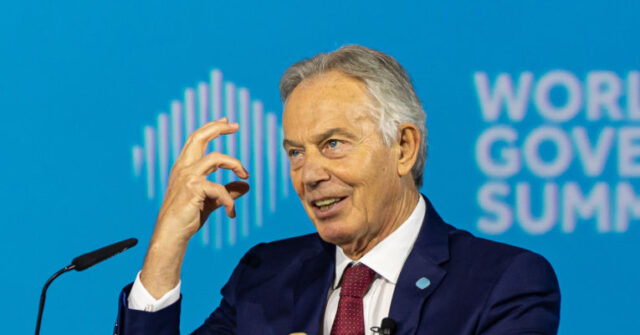






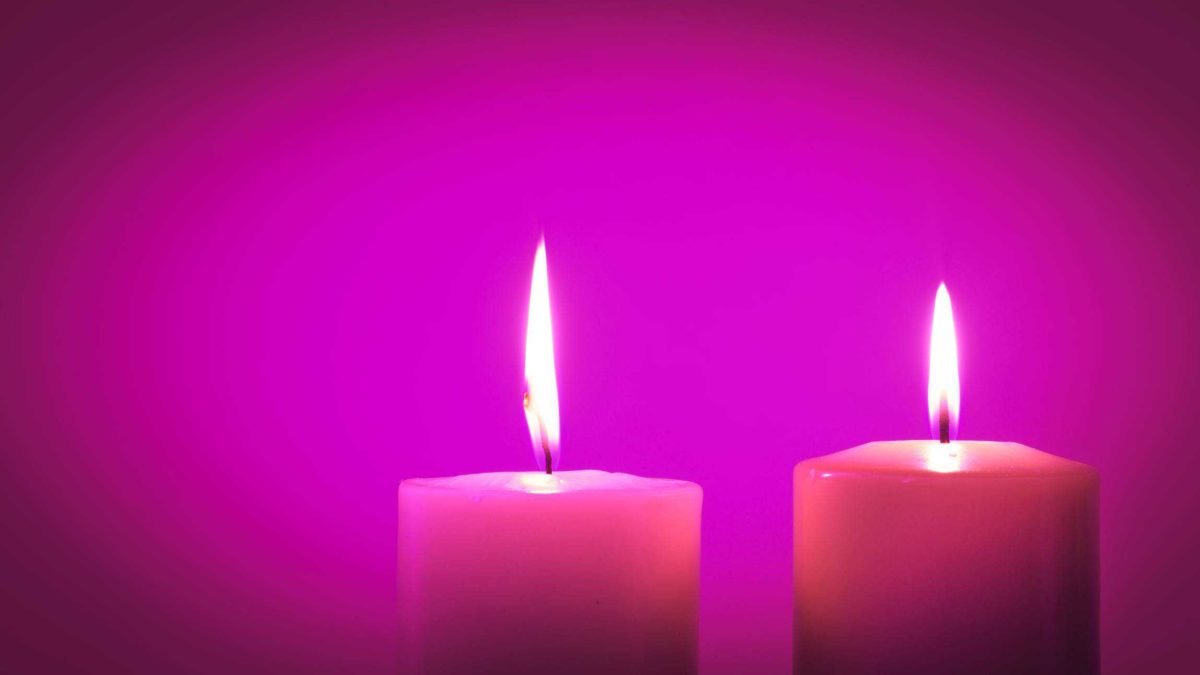
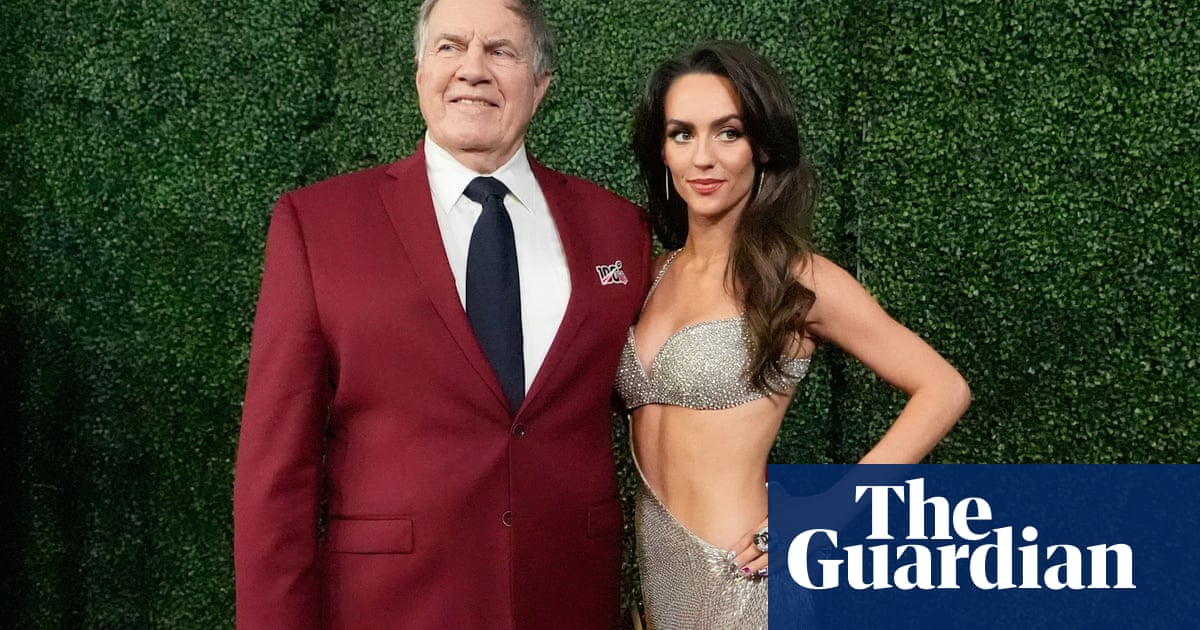
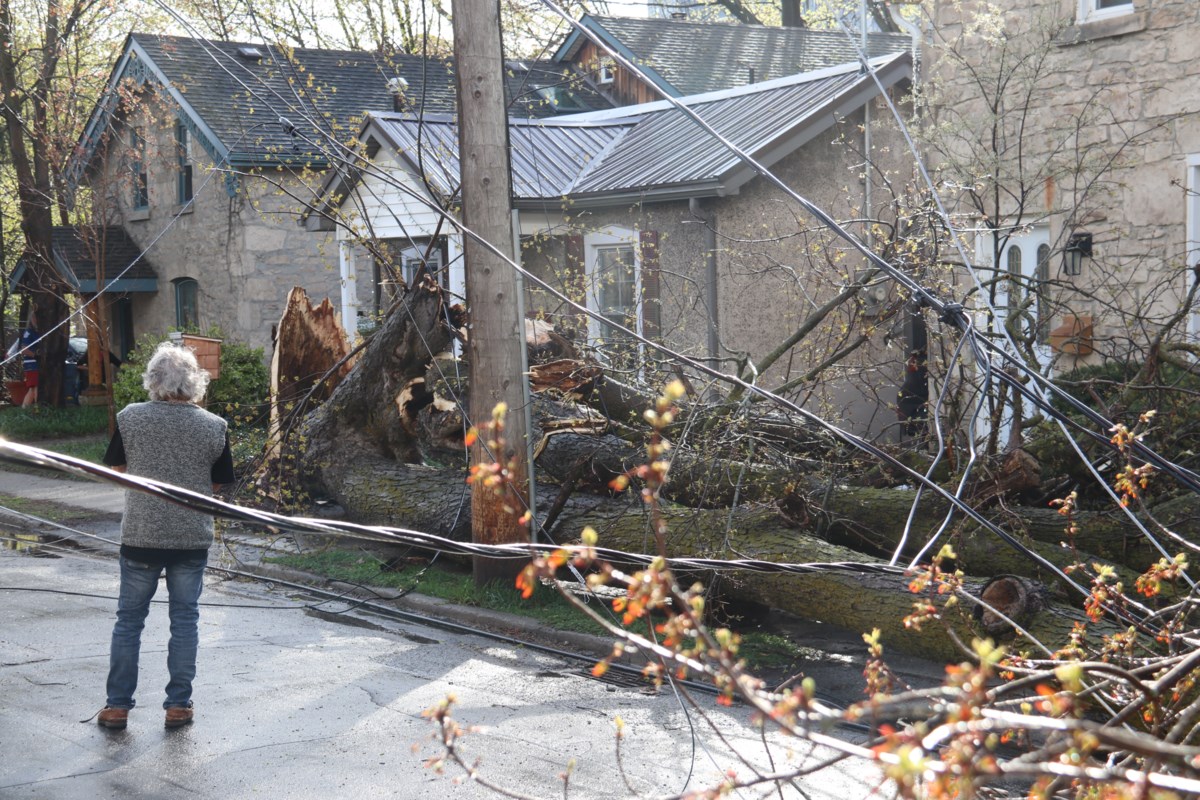
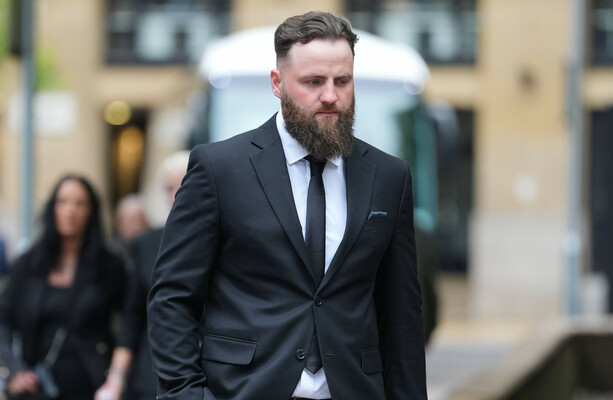

![If Subby is reading this correctly a private company found her car with her remains inside and then those remains were identified through DNA by a private lab while the police may or may not be investigating anything [Murica]](https://usrimg-850.fark.net/L/Lu/fark_LuAP5l3kJ7Dhg3OWOiIuEjKdZx0.png?AWSAccessKeyId=JO3ELGV4BGLFW7Y3EZXN&Expires=1746417600&Signature=yNgcruxrTopH47uQcHlQ9cewfhc%3D)
